It is safe to say that for most divers who love wrecks, the SS Thistlegorm is nothing short of a dream. This world-famous wreck sits on the western tip of Sinai, Egypt in about 30 meters of the Red Sea. The Thistlegorm was a British merchant navy ship that was bombed by the Germans 76 years ago. With almost everything still onboard from 1941, it acts as a time capsule, a war museum if you may. In addition to the wreck, several species of marine life and corals has found its way here and transformed the ship.
It feels like diving into a different world where time has stood still for the last 80 odd years. Let’s dive in (pun intended) – this post will mainly focus on the diving and lastly, how to get there.
History:
The Thistlegorm was partly commissioned by the British Government, in 1940 during WWII. Her mission was to deliver medical aid/supplies and weaponry to the Troops located in the Suez Gulf. At the time, the Mediterranean was under control of the Axel Forces causing Thistlegorm’s route to travel around the African continent, stopping off in South Africa to fuel.
Nazi intelligence got wind that a troop carrier (HMAS Queen Mary) with 1200 soldiers onboard was moored somewhere in the region. Two German fighter jets left in the middle of the night on 5th October 1941, prepared to bomb the HMAS Queen Mary. Fortunately, she had left the area several weeks prior. In order not to fly back empty handed or with a heavy bomb onboard, the pilots discovered Safe Anchorage Zone F and spotted the largest ship, dear ol’ SS Thistlegorm.
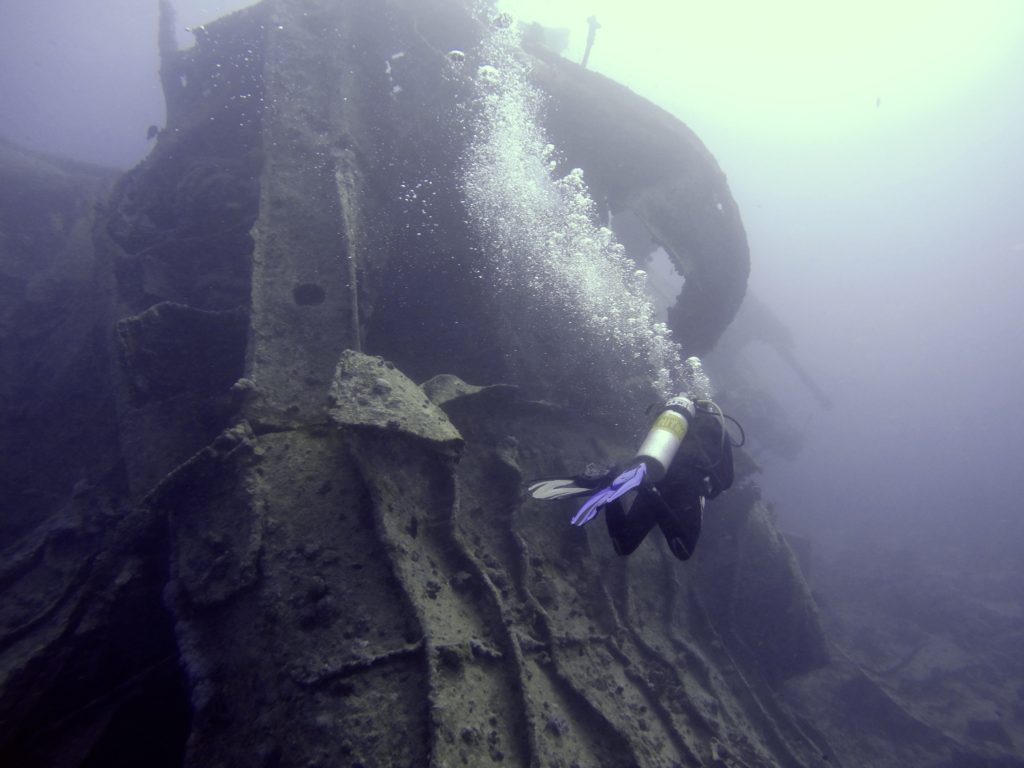
As they flew strategically under the cover of the moon, a fellow ship did not spot them in time and was unable to launch an attack on them. Unfortunately, Thistlegorm’s crew thought the planes flying overhead must’ve been allies and didn’t fire until it was too late. The bomb fell on the forth holding. As this was where the ammunition and tankers were kept, it caused a massive explosion. As a result, Thistlegorm sunk.
Due to the hot weather, most troops were sleeping in hammocks over the side of the ship and on deck, which reduced the number of casualties. In total, 9 out of 42 of the men onboard lost their lives that night.
Today, SS Thistlegorm sits 32 m under the sea. In 1955, explorer Jacque-Yves Cousteau discovered Thistlegorm while in search for Calypso. However, it wasn’t another couple of decades before recreational diving to the site became popular.
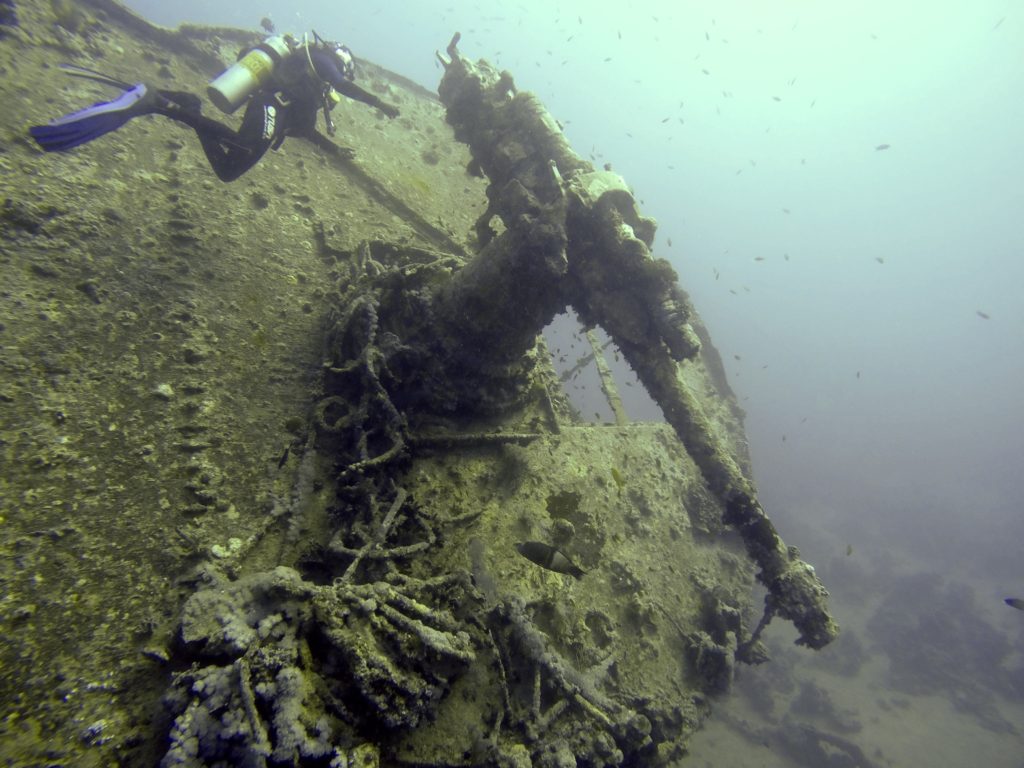
Diving the SS Thistlegorm:
This 126 meter long wreck sits 32m under the sea and is located approximately 40 km from Sharm El Sheikh, on the southwest side of the Sinai Peninsula. It is now a world-famous wreck with most of the items still onboard, with exception of a few things that may (or may not) have been knicked. It takes a minimum of two dives to see the entirety of SS Thistlegorm, each dive lasting approximately 35 minutes (for recreational divers). Of course, with every dive after, you’ll stumble upon something new.
Dive boats, unfortunately, moor themselves onto the wreck itself. Apparently, a permanent mooring system was implemented a couple of years ago but is no longer used. Hold onto the rope tightly as strong currents can be encountered between the surface and wreck. The currents aren’t as strong near the seabed as the wreck provides shelter.
Enough story time, now on to the best bit – the diving!
It honestly feels like something out of National Geographic.
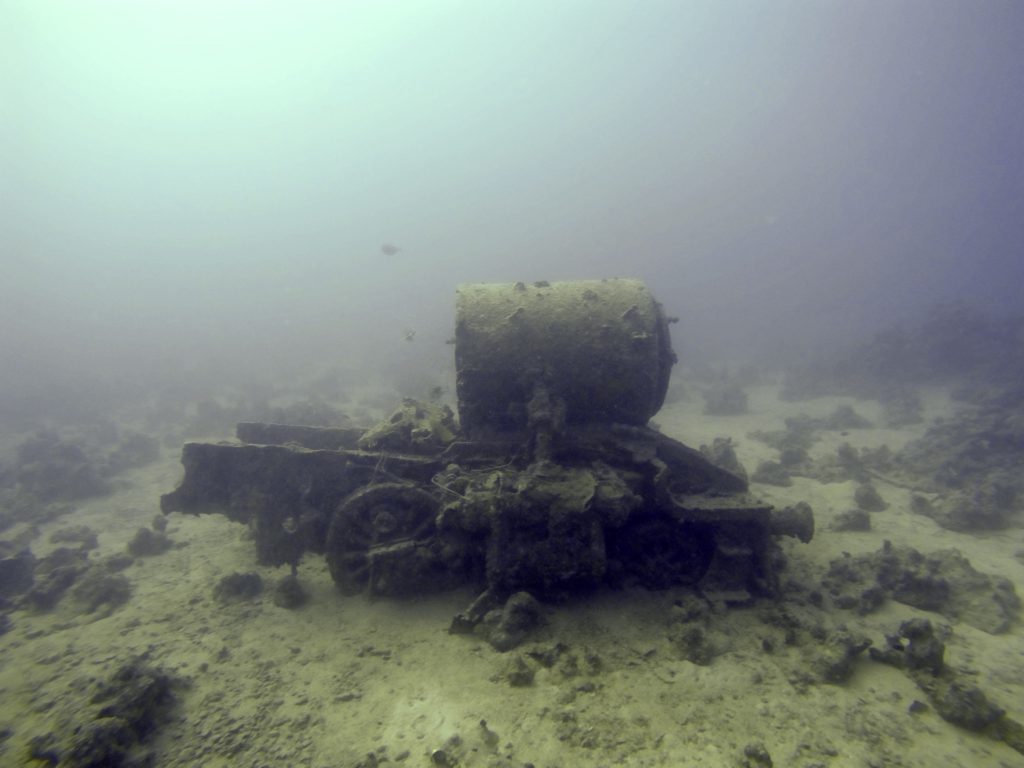
Dive one – Exterior
The first dive is all about the exterior. Here, you’ll circumnavigate around the wreck. Most of the ship is relatively intact with exception of Hold 4. If you dive down to the bottom of this hold, there’s barely any steel left holding the stern and bow together. The stern of the ship rests on its port side, this is the deepest part of the dive at ~30 meters. On the starboard side, the propeller can be found on the opposite side of the anti-aircraft gun, located on the deck.
Its bow sits slightly shallower and upright. Here, the anchor can still be found, resting on the seabed. Captain’s quarters and bridge are located near the bow.
The warped metal along the starboard side that was caused by the explosion gives the dive a surreal feeling. It is different from diving a purposely sunk wreck and more prominent that this was a warship. Two locomotives are located on either side of Thistlegorm, which shot out as a result of the explosion.
Apart from the vast exterior of the ship, look out into the blue occasionally for various marine life swimming about. Keep a lookout for lionfish, batfish, stonefish (there’s a lot of fishes unfortunately, I’m not very good at naming or spotting them). A pod of dolphins has been reported to be occasionally be spotted!
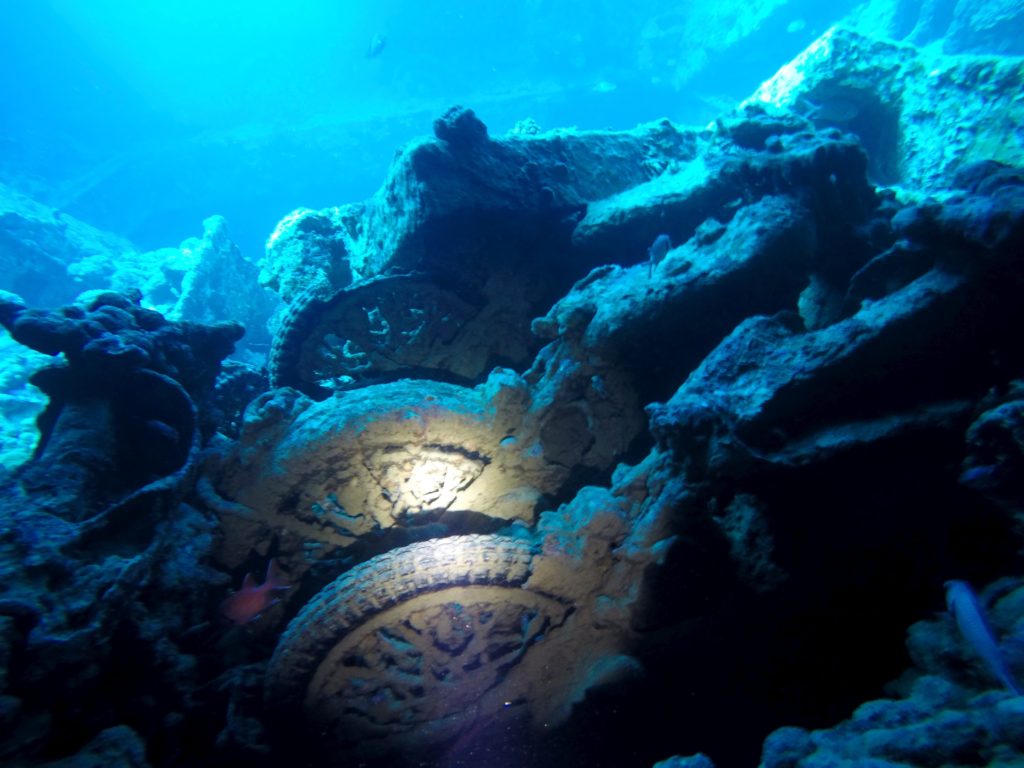
Dive two – Interior
After the surface interval (of exchanging how surreal the dive was), the next dive is a penetration dive to discover the interior. The best access point is from Hold 3, where the wall was torn out by the explosion. This would be the deepest point of the dive. A torch would be especially useful to see what’s left in the holds. There are motorbikes lined up one after each other and heaps of loose artefacts scattered around. Everything is still intact and as it was back in 1941. It is a time capsule!
Things that can be spotted are:
Norton 16H and BSA motorbikes, ammunition, Bren guns, rifles, spare parts for aeroplanes, two locomotives, tanks, Bedford trucks, railway wagons, boots and other bits and pieces. Most of the steering wheels have been stolen but keep an eye out for two trucks with their steering wheel attached!
During my dive, we were the only dive boat there (almost unheard of!), however, I’ve been informed that it used to be a common sight to have over 20 dive boats moored to the wreck. Being such a popular wreck, keep close to your guide and group. It’s easy to get lost or caught up with another group when there’s such high traffic.
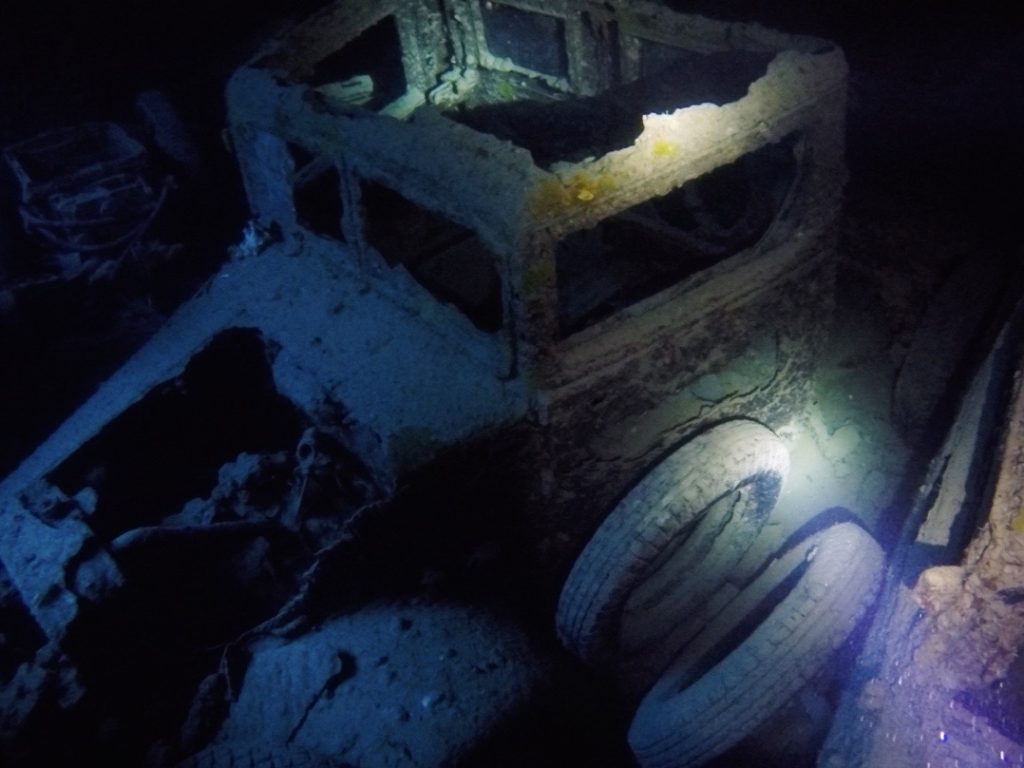
How to get there:
My port of departure was Sharm El Sheikh, an approximate 3 – 4 hours journey. Sharm El Sheikh has an airport operating flights to/from several international and domestic locations. I personally found the town to be more tourist orientated with resorts lined up one after another. But if this doesn’t bother you, the diving is stellar.
At the time this was written (2018), there weren’t too many tourists/divers. Diving the Thistlegorm has to be requested ahead of time to ensure enough demand between the dive centres. I was extremely lucky to have waited only two days between requesting and diving. Someone else had waited 11 years to dive Thistlegorm (with 4 separate trips, each lasting a couple of weeks).
There are several liveaboards that will include the SS Thistlegorm in their itinerary. So if you fancy several days of diving and living the boat life, it’s a good option. Always pick the sailor’s life 😉
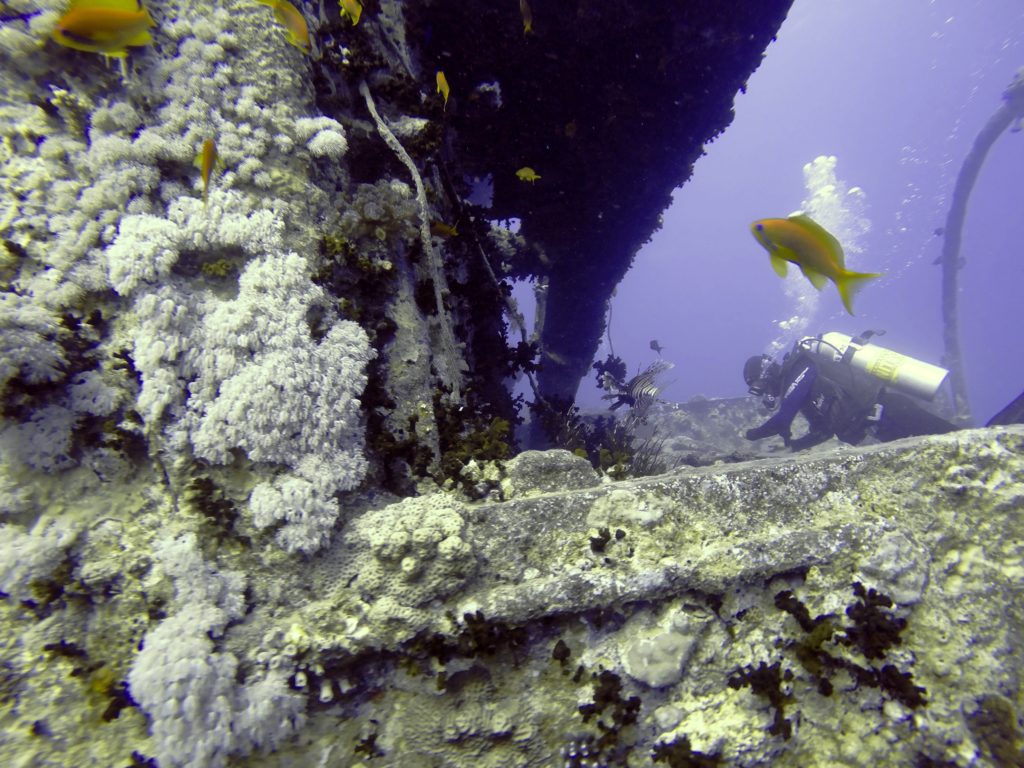
Side Note:
As SS Thistlegorm sits between 20 – 30 meters of water, a minimum of PADI advanced open water certification (or equivalent) is needed and a decent amount of experience especially with overhead environments. Peak buoyancy would be ideal as you will be penetrating the wreck and it is best not to knock into any part of the structure or remaining artefacts. Be cautious! The currents between the surface and the wreck can get quite strong so make sure you’re holding on to the rope during the safety stop!
As this is a war grave, please refrain from taking silly selfies or removing anything from the wreck. Imagine if everyone took a piece of the ship with them, there’ll be nothing left to see! Also where possible, avoid touching the structure. Over the last 76 years, marine life has made this home and the steel structure may have degraded over time.
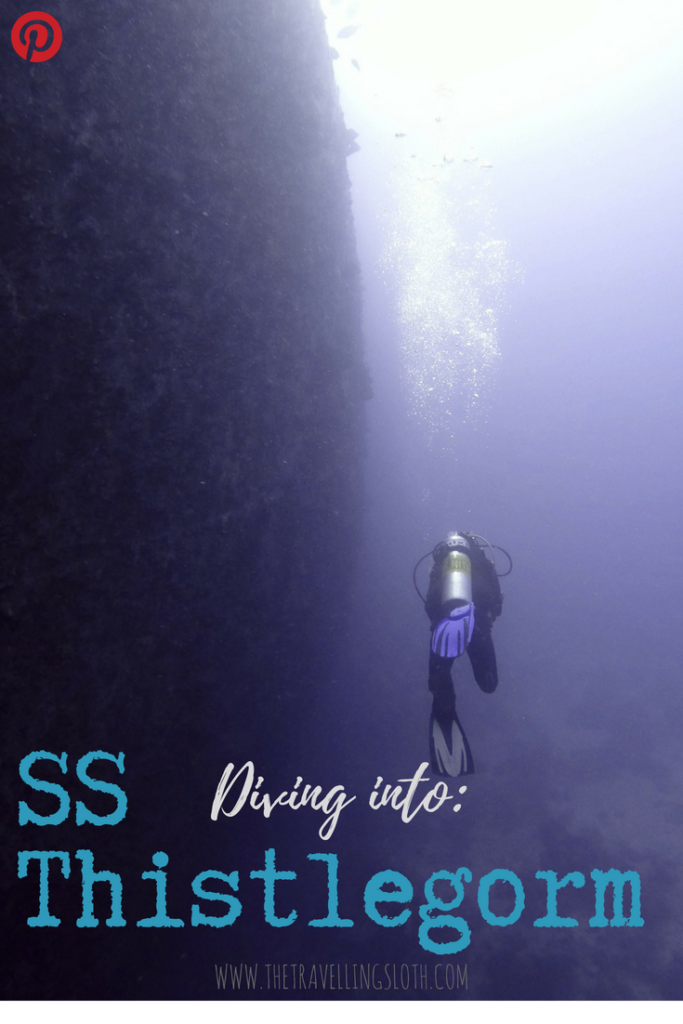
Well, there you go. Honestly, my favourite dive in the entirety of my diving career – it’s not a career, just a passion. Would highly recommend giving this a go. It is definitely a surreal site to visit, even if you’re not a big fan of wreck diving. There is heaps of wildlife to spot. That being said, Egypt has been probably one of my favourite dive vacations (apart from Fiji!)… I may be a little bias. Happy diving!


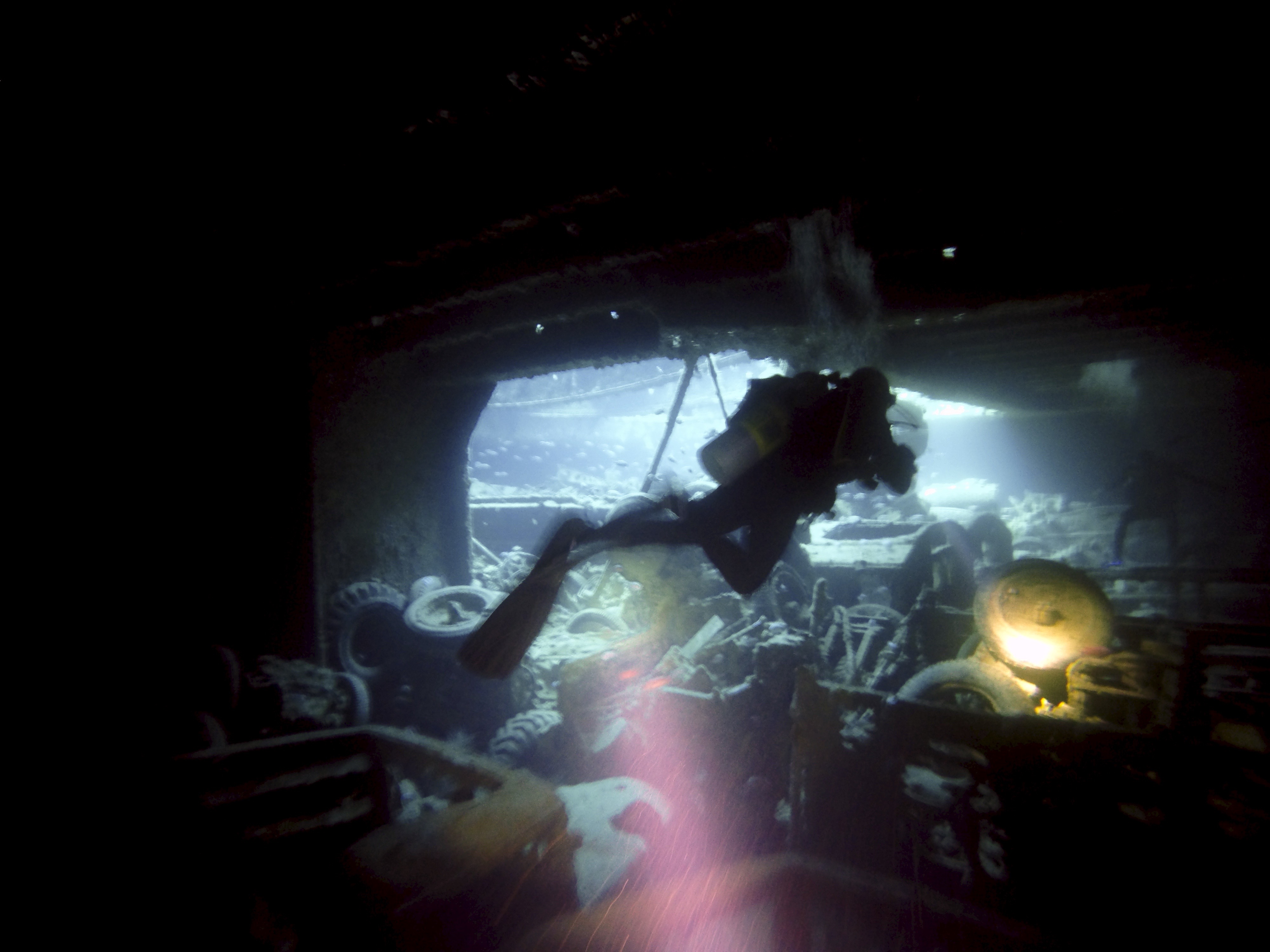
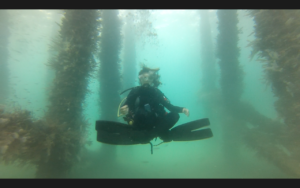


My oh my! That looks so deep and scary. You’re so brave. Never heard of thistlegorm so nice to learn something new today. Thanks for sharing!
I had no idea people could explore the interior too! That sounds pretty cool! I’d love to do it, adding it to my list, which is already pretty huge! 🙂